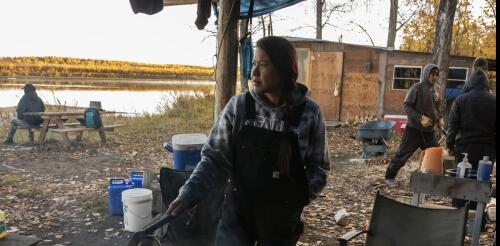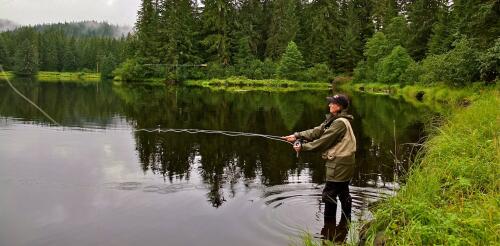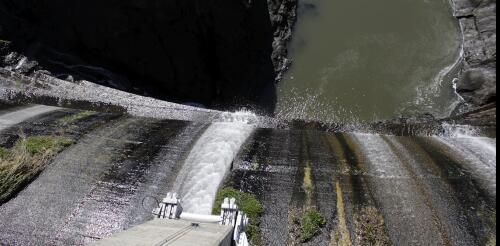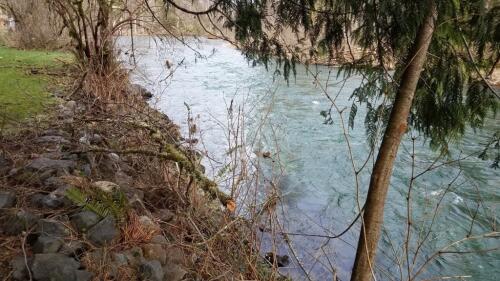Salmon
The year 2023 shattered the record for the warmest summer in the Arctic, and people and ecosystems across the region felt the impact. Wildfires forced evacuations across Canada. Greenland was so warm that a research station at the ice sheet summit recorded melting in late June, only its fifth melting event on record. Sea surface temperatures in the Barents, Kara, Laptev and Beaufort seas were 9 to 12 degrees Fahrenheit (5 to 7 degrees Celsius) above normal in August. While reliable instrument measurements go back only to around 1900, it’s almost certain this was the Arctic’s hottest summer in centuries. Summer heat extremes in 2023 and over time. NOAA, Arctic Report Card 2023 The year started out unusually wet, and snow accumulation during the winter of 2022-23 was above average across much the Arctic. But by May, high spring temperatures had left the North American snowpack at a recor...
Summer and fall are prime times for getting outdoors across the U.S. According to an annual survey produced by the outdoor industry, 55% of Americans age 6 and up participated in some kind of outdoor recreation in 2022, and that number is on the rise. However, the activities they choose are shifting. Over the past century, participation has declined in some activities, such as hunting, and increased in others, like bird-watching. These shifts reflect many factors, including demographic trends and urbanization. But outdoor activities also have their own cultures, which can powerfully affect how participants think about nature. As scholars who think about organizational theory, management and entrepreneurship, we are interested in understanding effective ways to promote social change. In a recent study, we analyzed the work of the nonprofit group Trout Unlimited, which centers on protecting rivers and streams across the U.S. that harbor wild and native trout and salmon. We f...
The Klamath River runs over 250 miles (400 kilometers) from southern Oregon to the Pacific Ocean in Northern California. It flows through the steep, rugged Klamath Mountains, past slopes of redwood, fir, tanoak and madrone, and along pebbled beaches where willows shade the river’s edge. Closer to its mouth at Requa, the trees rising above the river are often blanketed in fog. The Klamath is central to the worldviews, history and identity of several Native nations. From headwaters in Klamath, Modoc and Yahooskin-Paiute lands, it flows through Shasta, Karuk, Hupa and Yurok homelands. The Yurok Tribe has legally recognized the personhood of the river. Historically, the Klamath was the third-largest Pacific salmon-producing river on the West Coast. The river supported abundant and diverse runs of native fish, including Chinook and coho salmon, steelhead trout, Pacific lamprey, green sturgeon, eulachon smelt and coastal cutthroat trout. Most of the Klamath in California has...
OLYMPIA – In areas where native trees and vegetation are allowed to thrive along a riverbank, streams typically have better water quality, provide more suitable habitat for salmon and are more resilient to climate change. To boost the health of streams and rivers in the Puget Sound region, the U.S. Environmental Protection Agency has awarded the Washington Department of Ecology up to $30 million to be disbursed over the next six years. The funding comes through the federal Bipartisan Infrastructure Law. “Thanks to the Bipartisan Infrastructure Law, we are making more – and larger – investments in projects that improve water quality, stream flows and critical habitats,” said Casey Sixkiller, regional administrator for EPA’s northwest region. “These funds will help restore native vegetation along our creeks, streams, and rivers to improve water quality, as well as support recovery of local salmon runs an...



